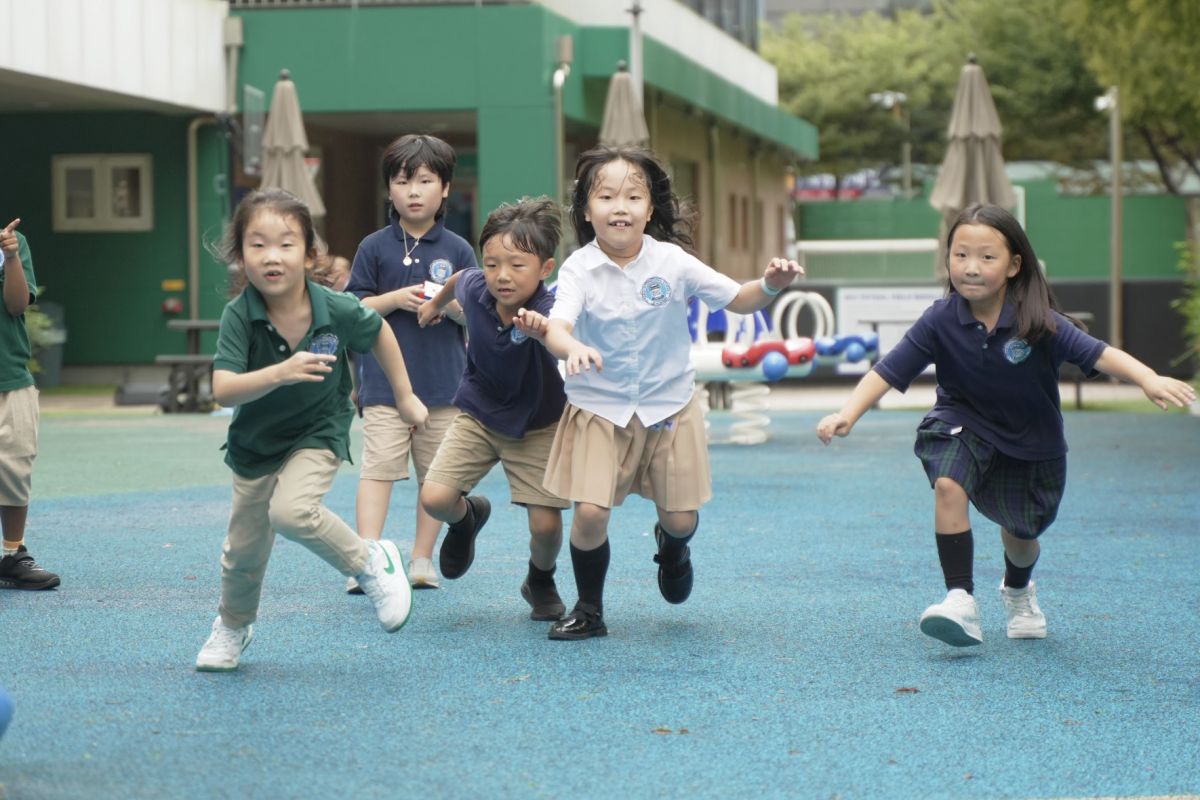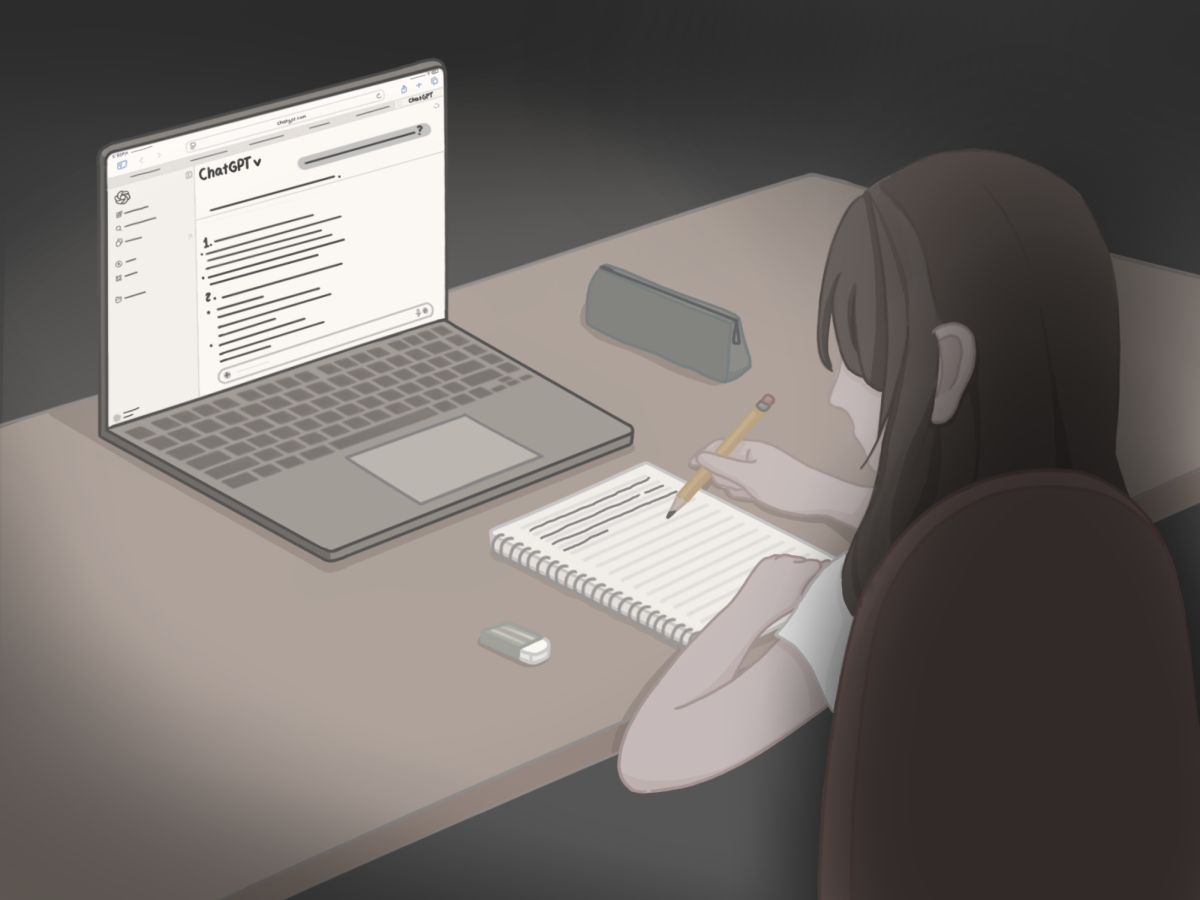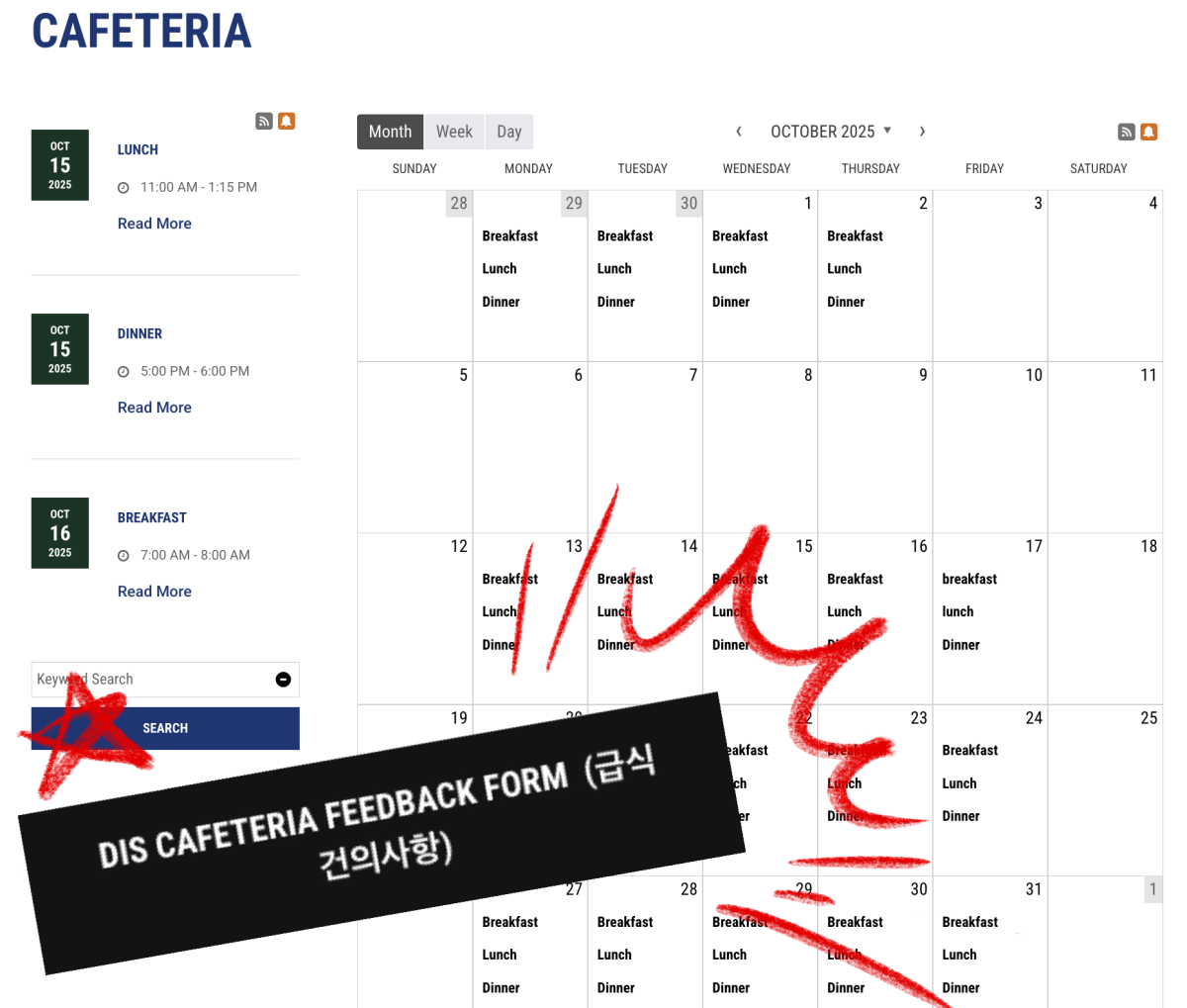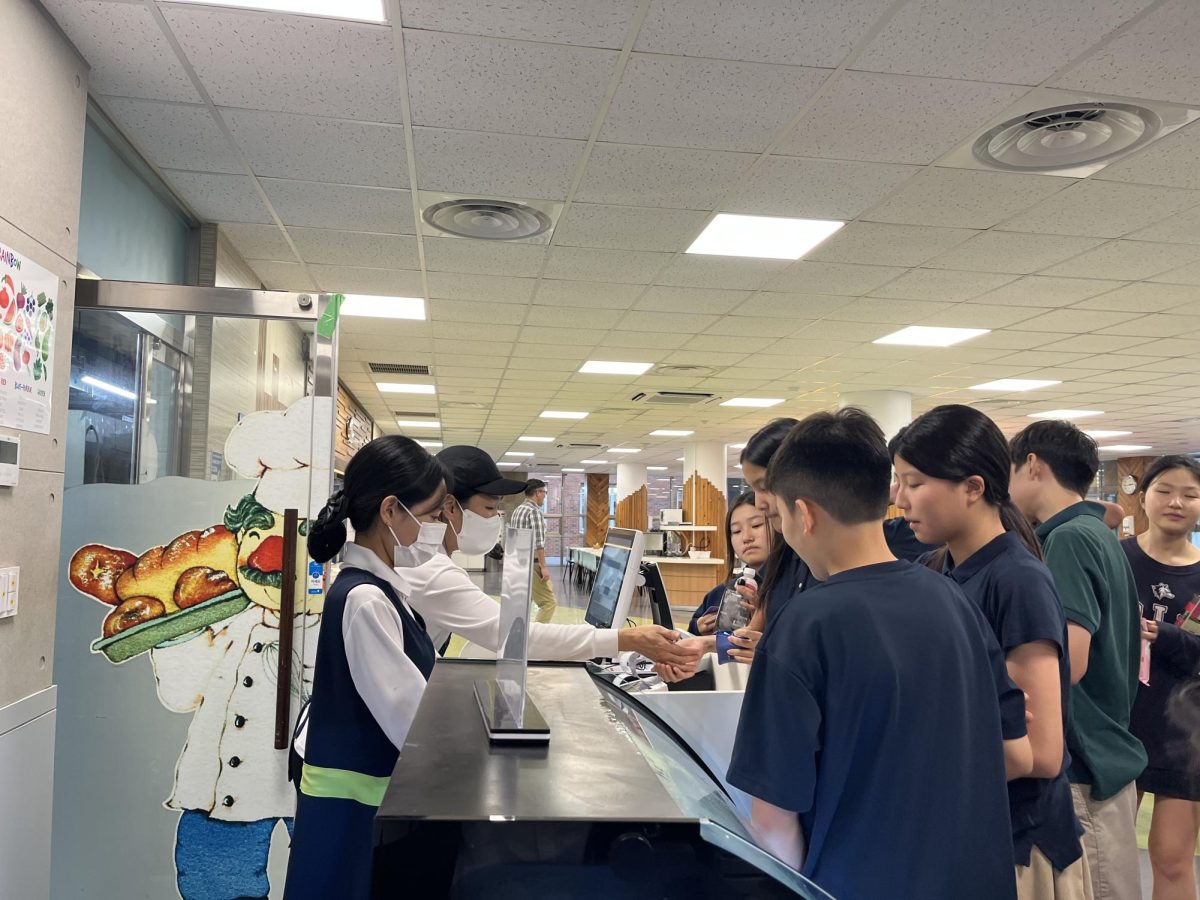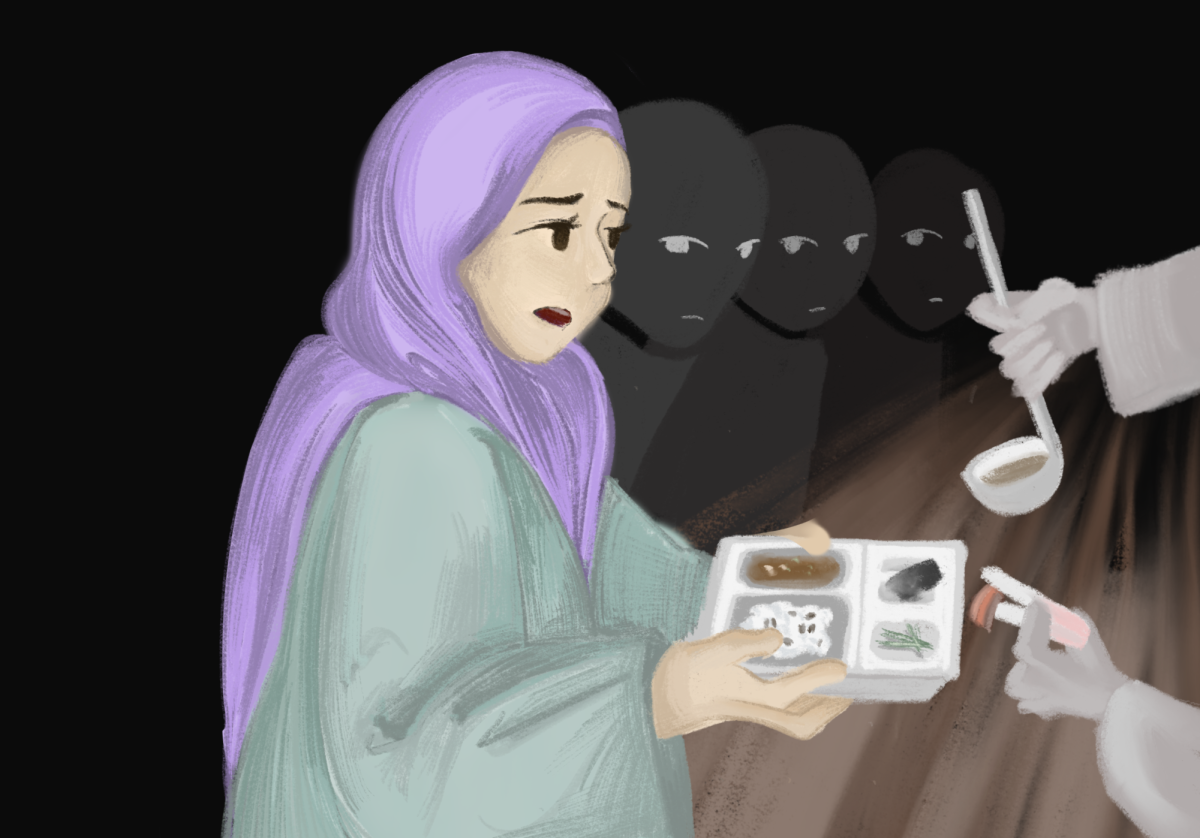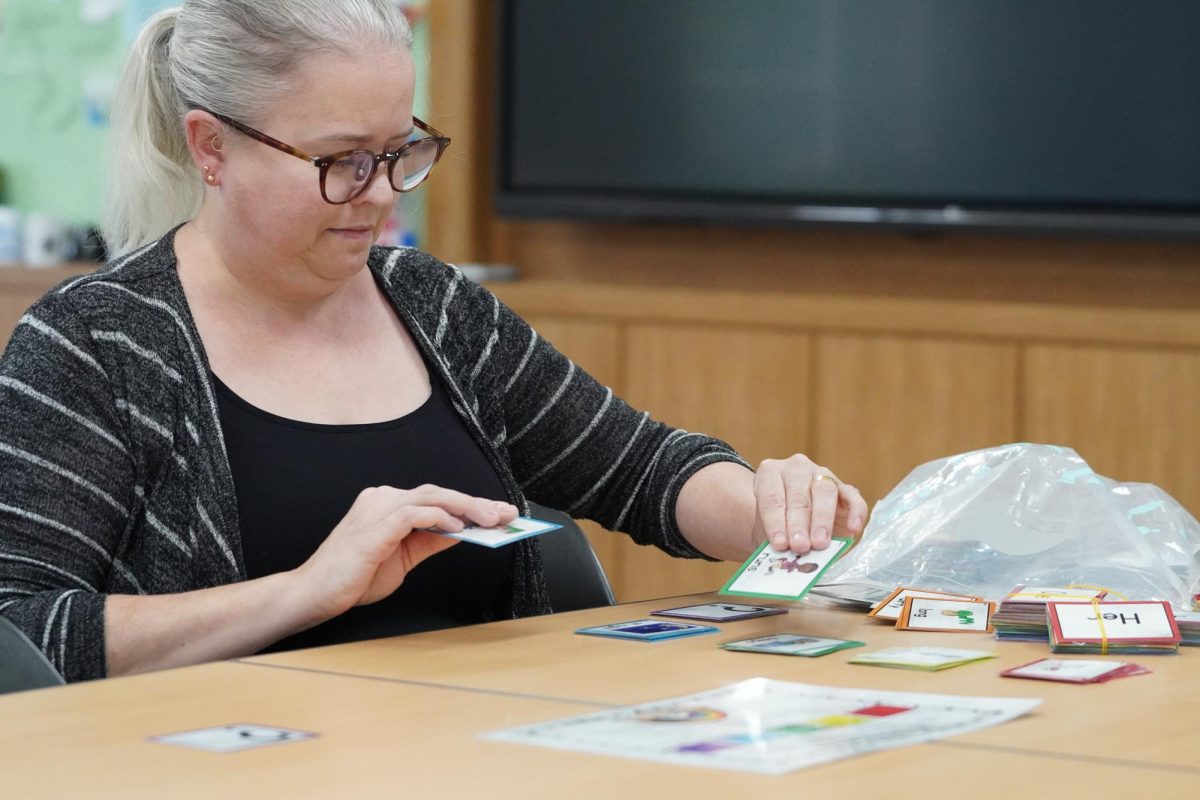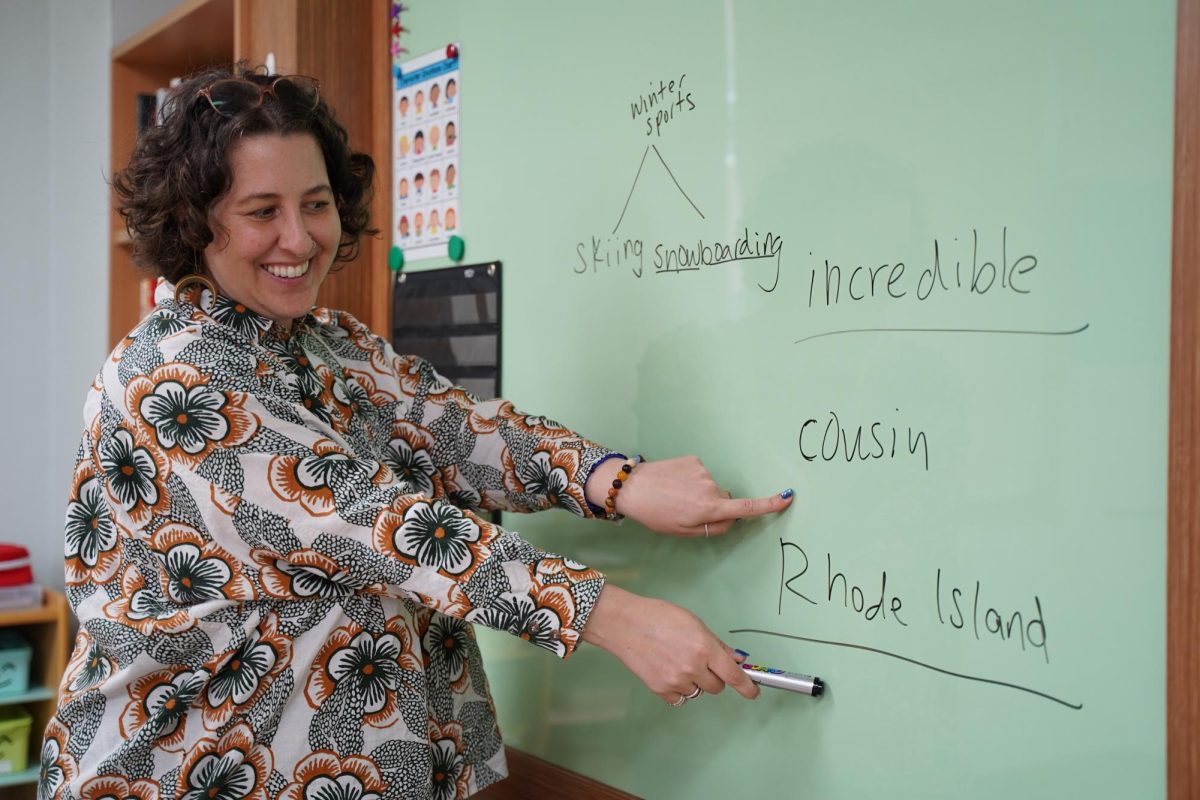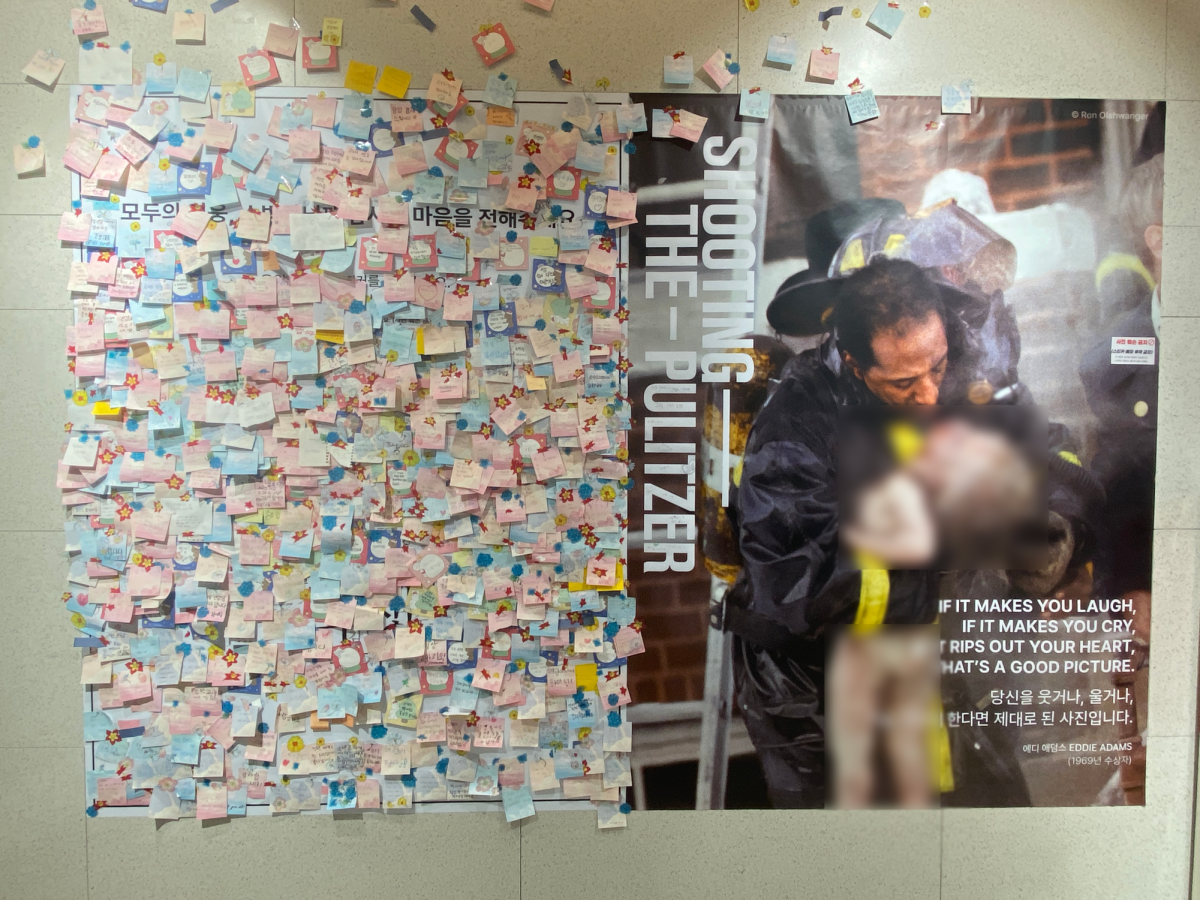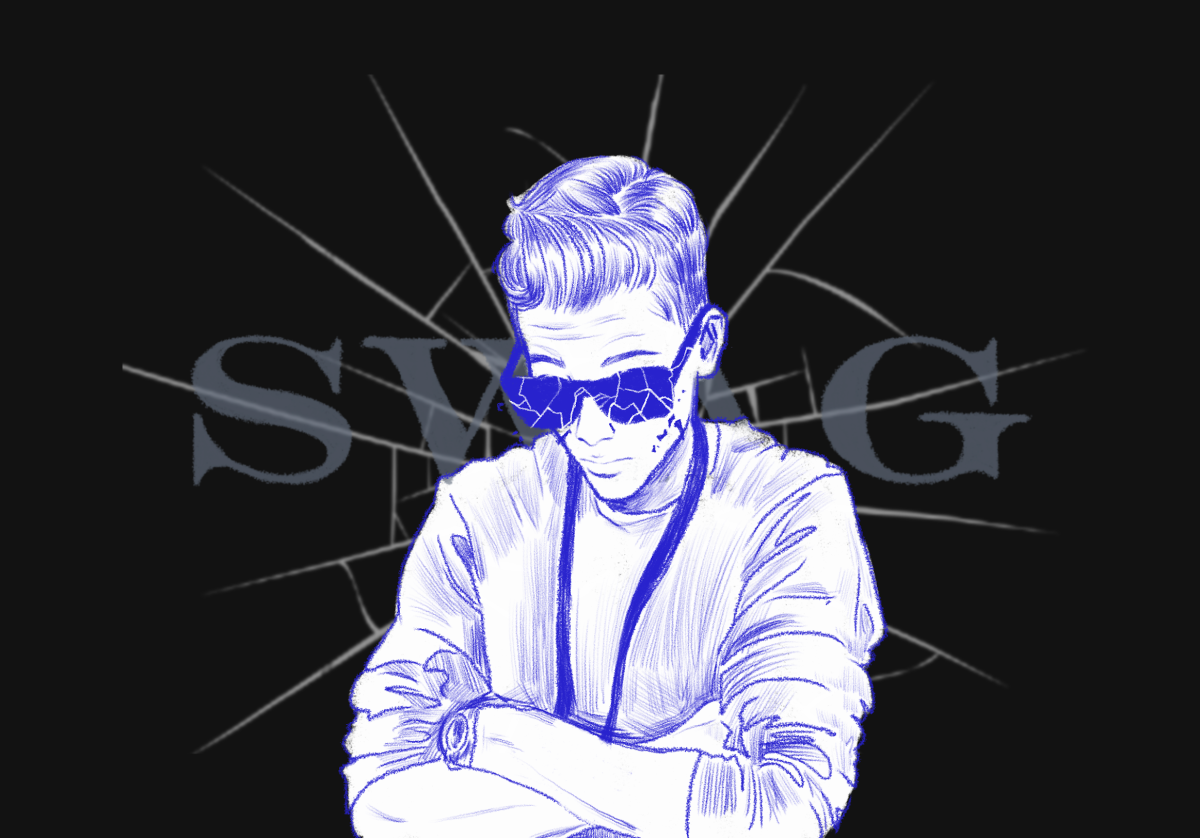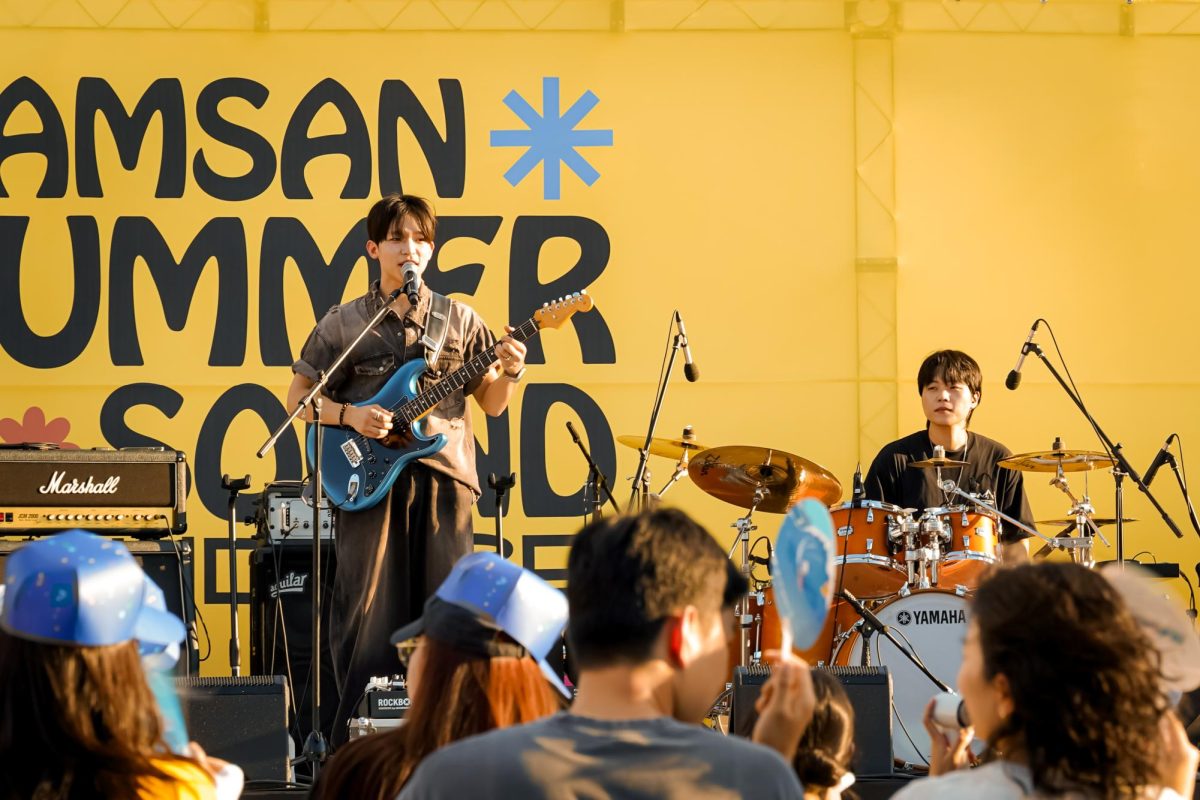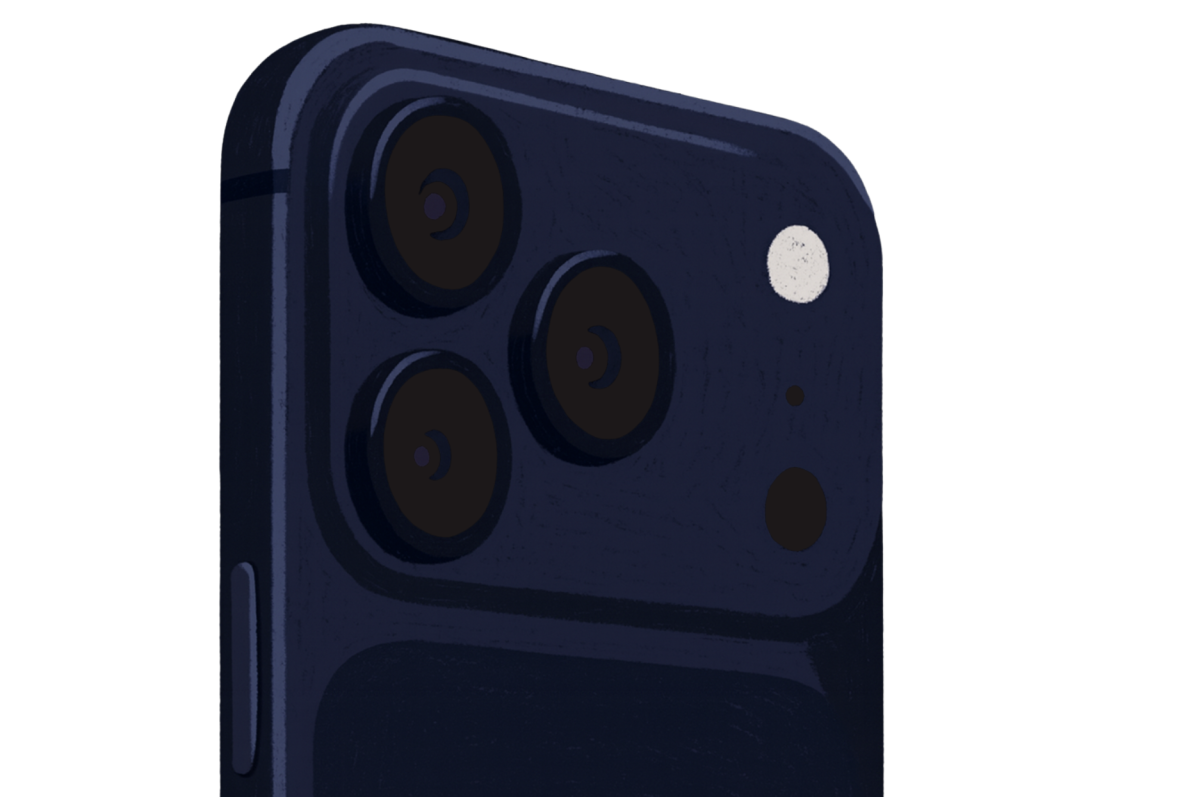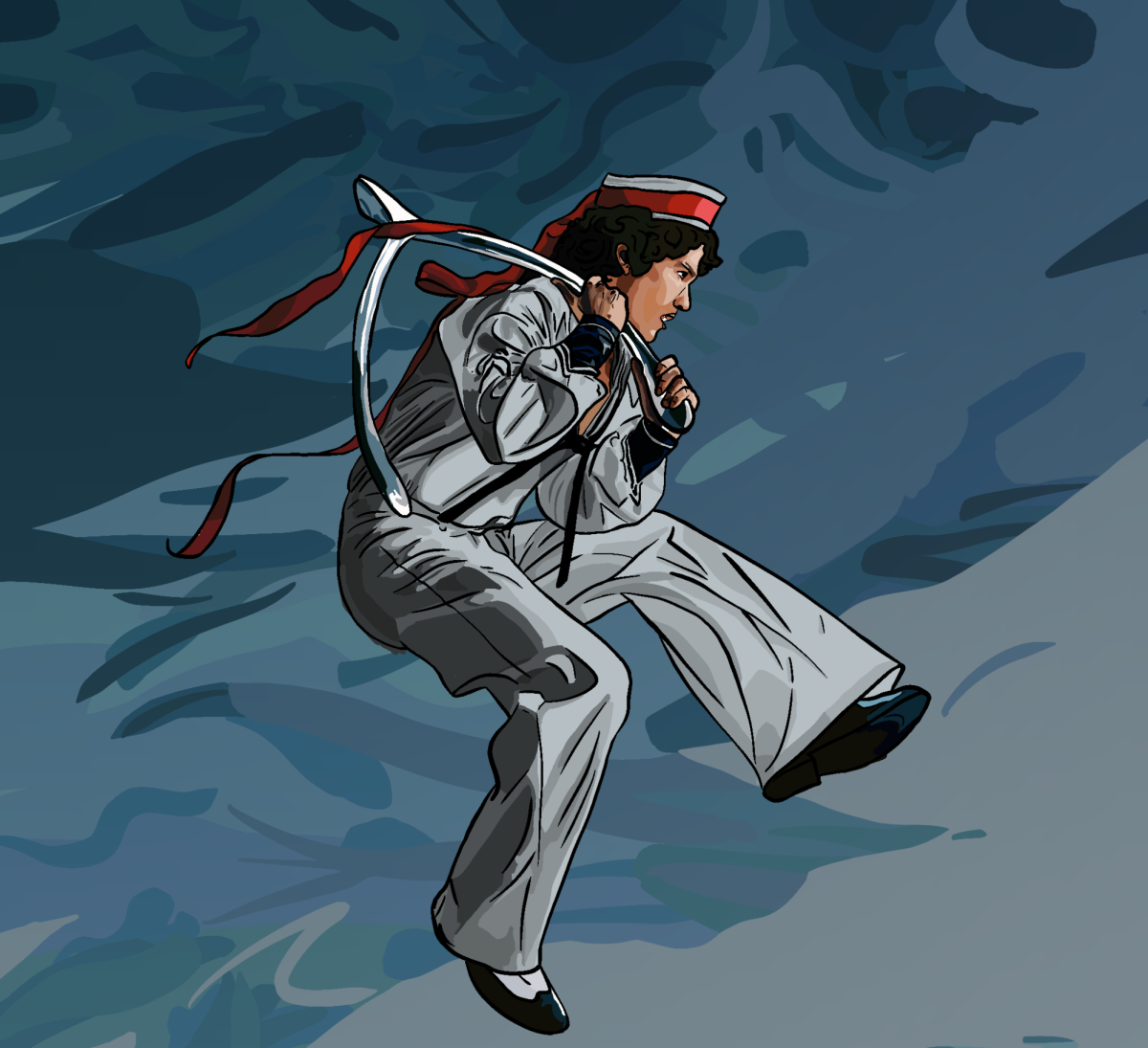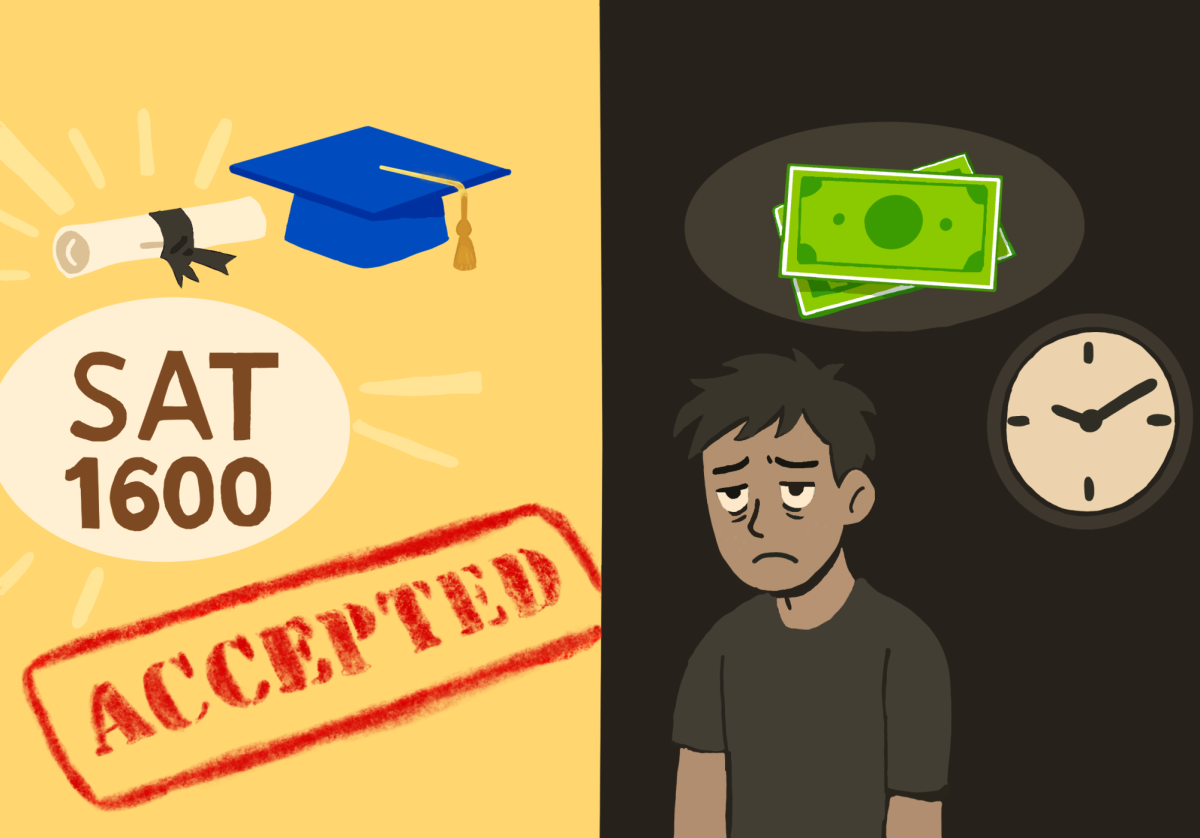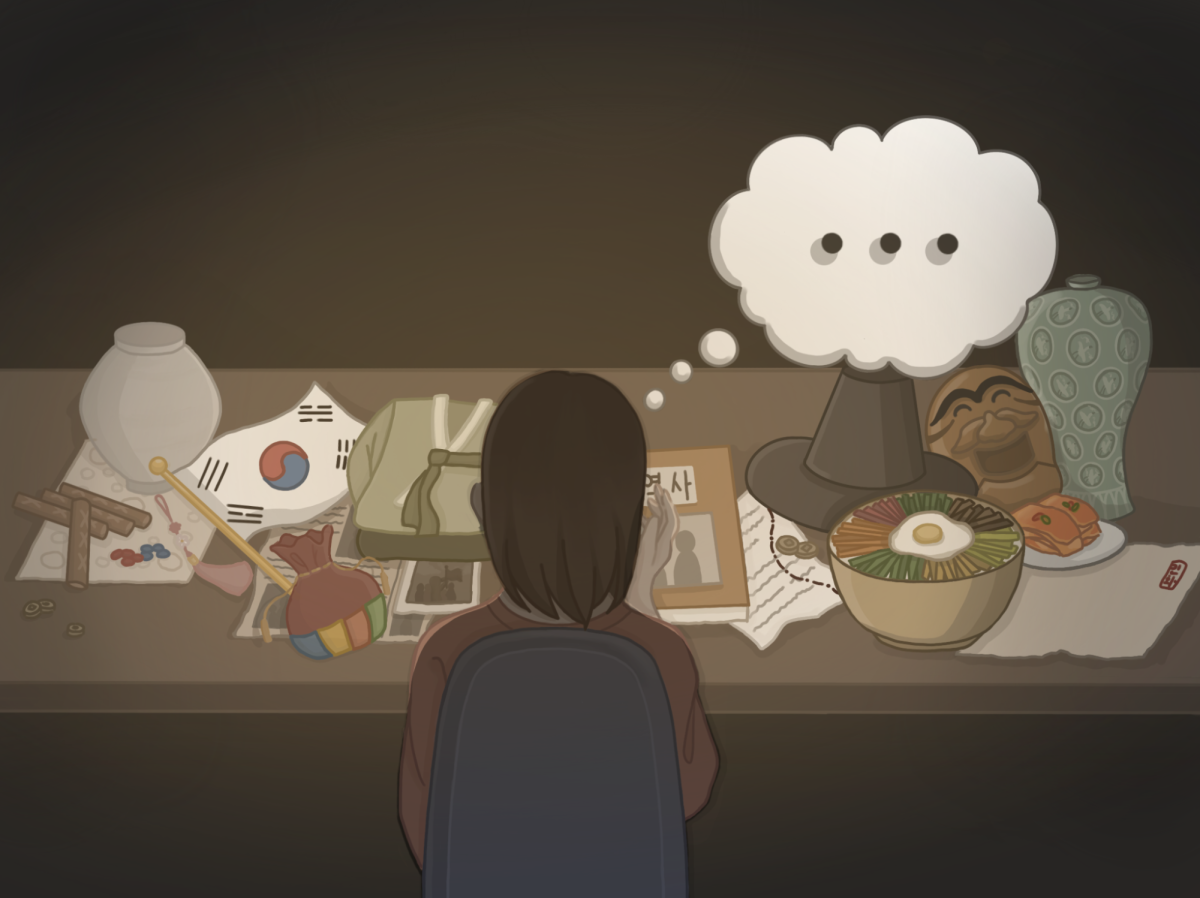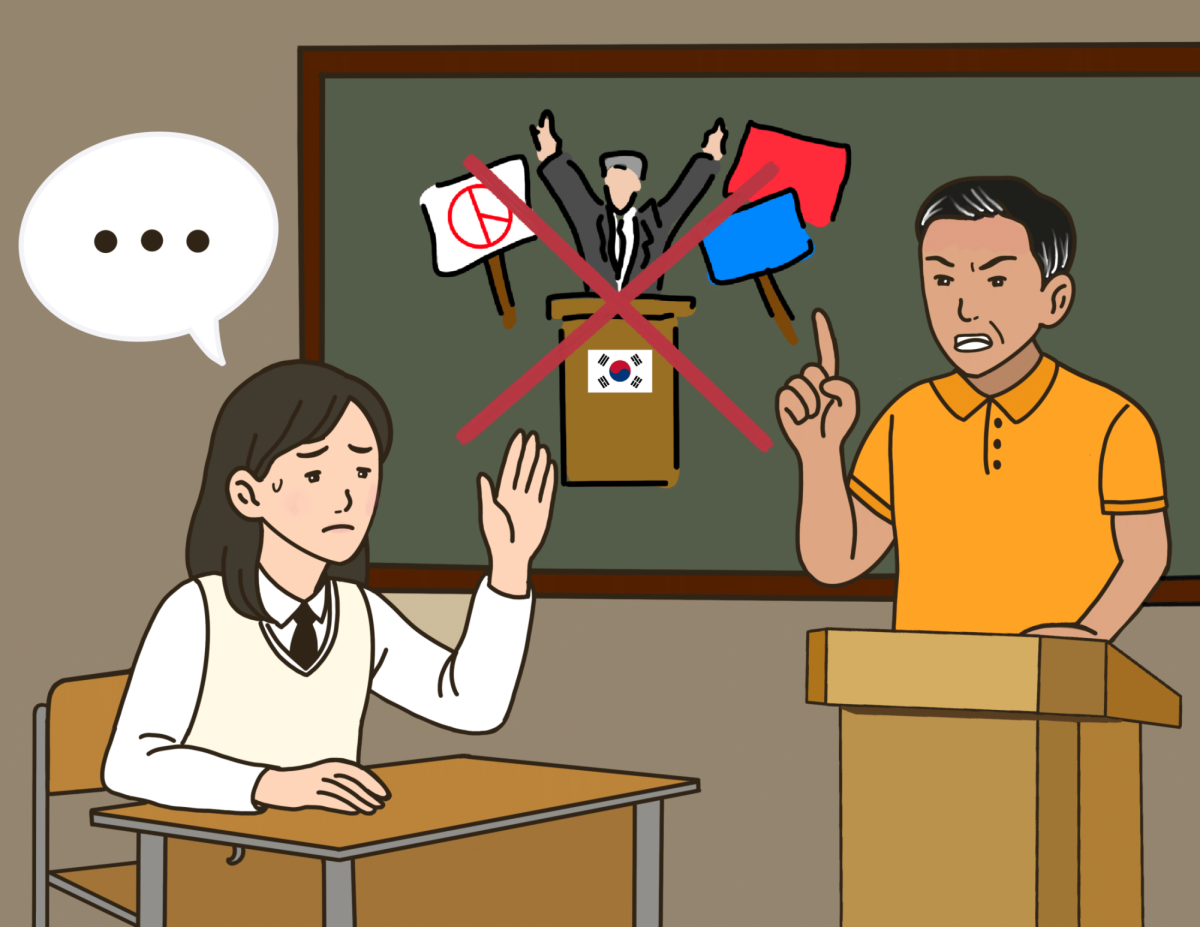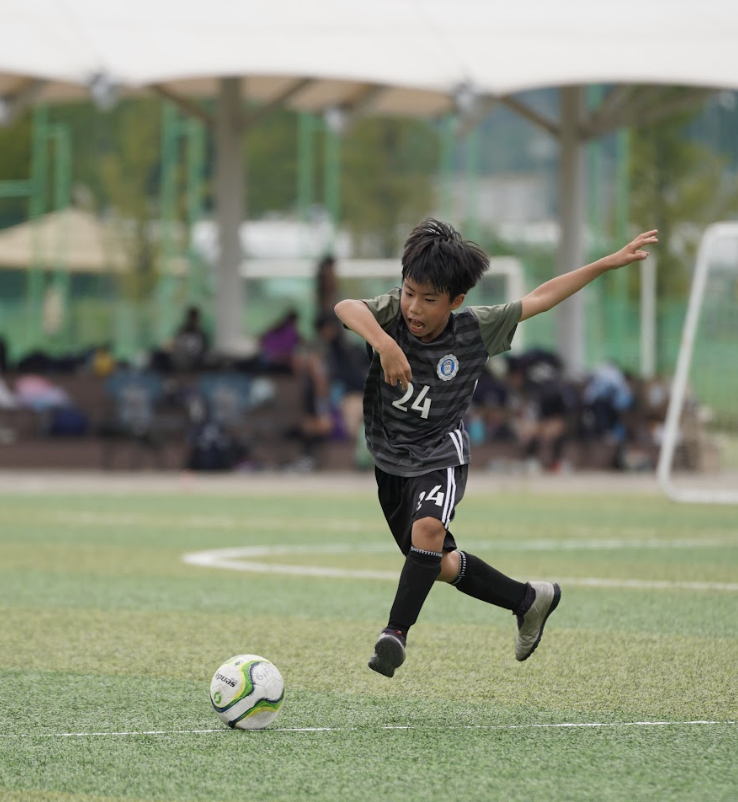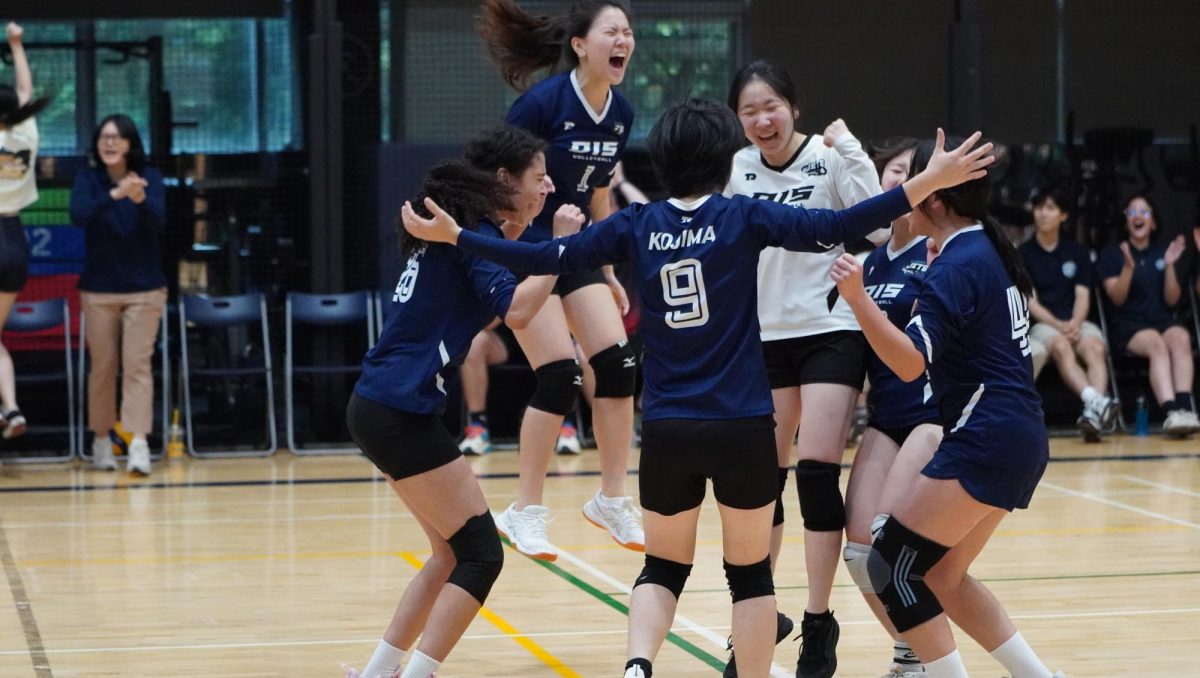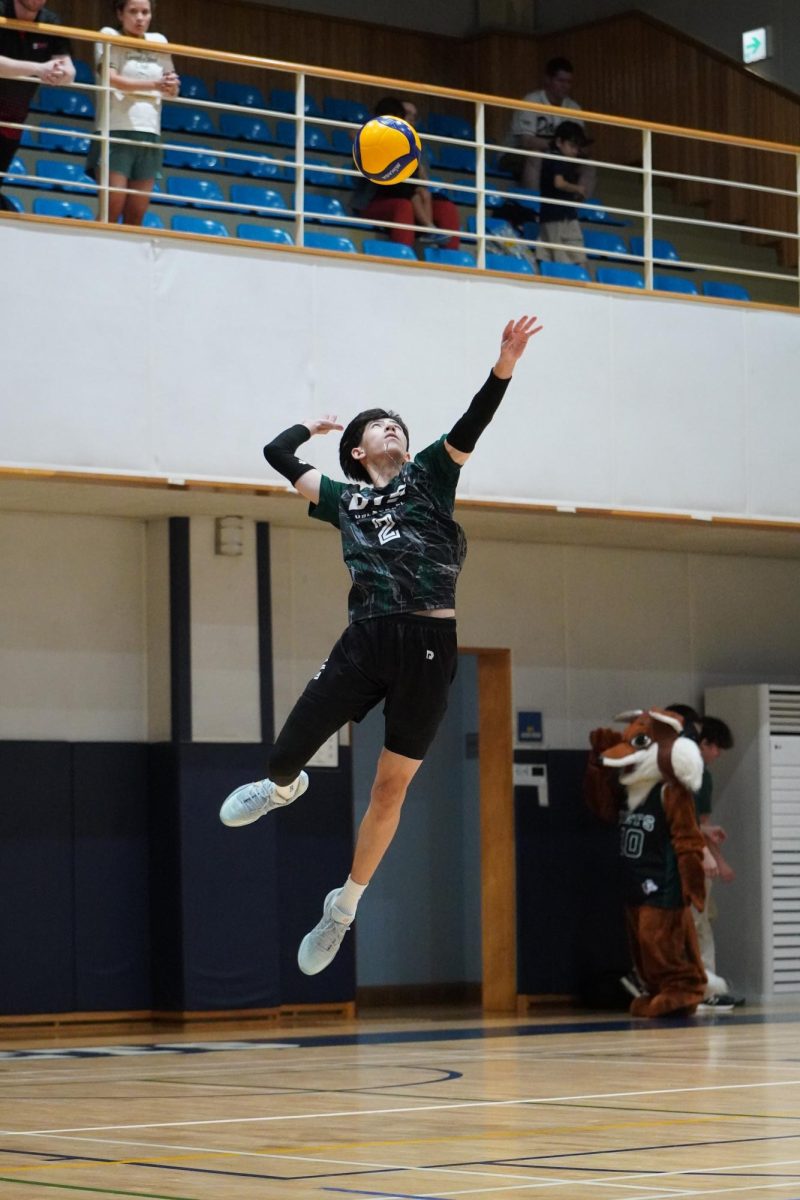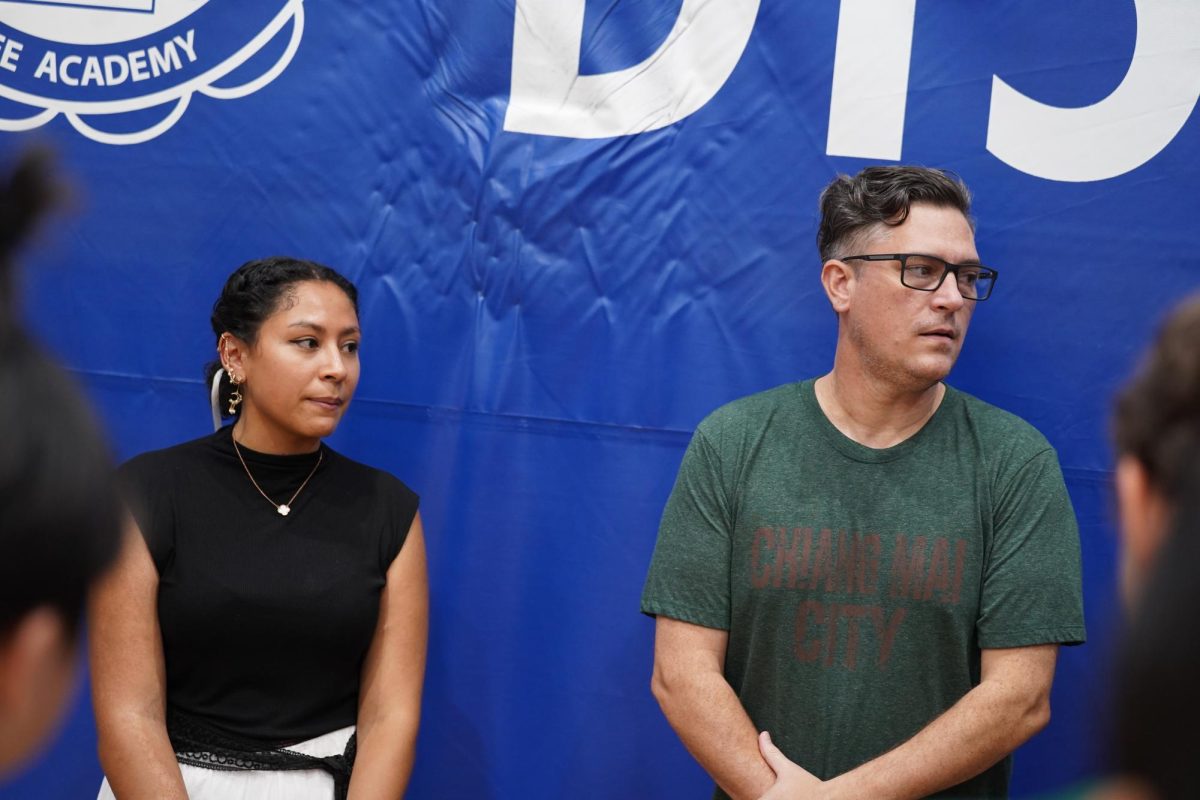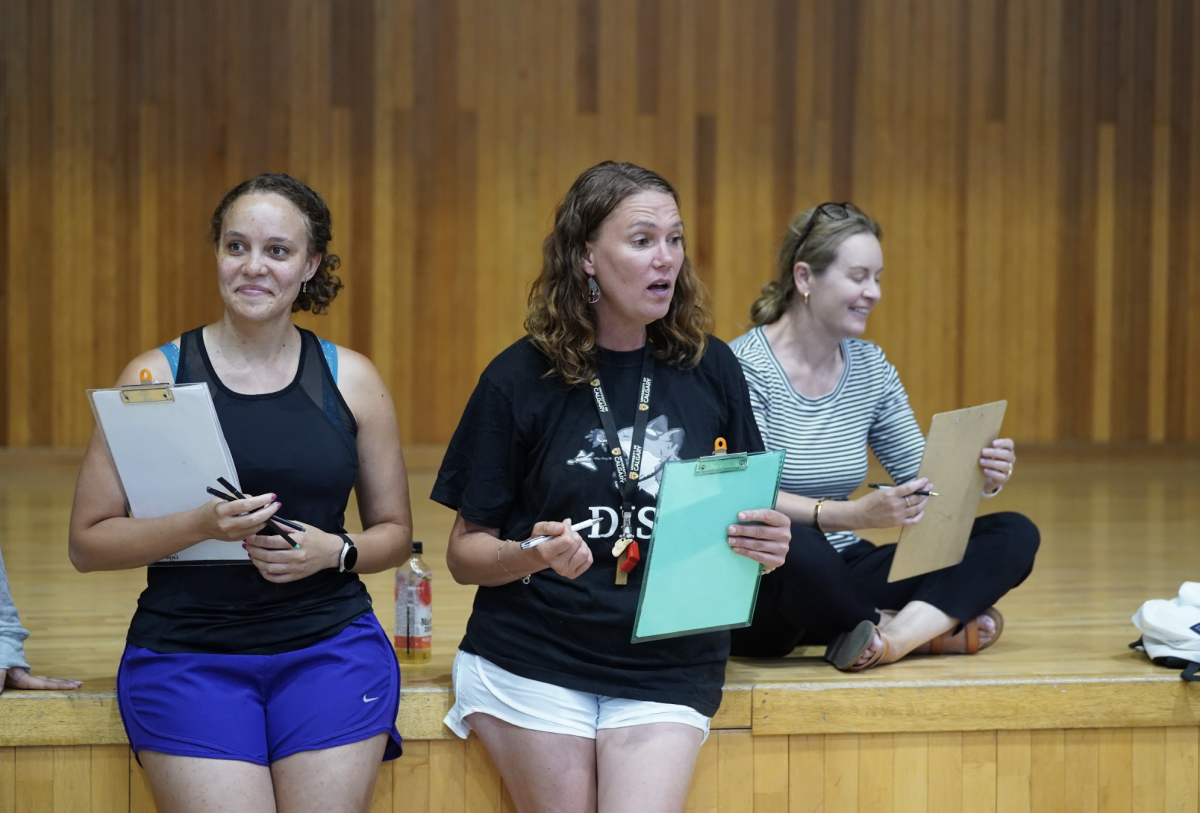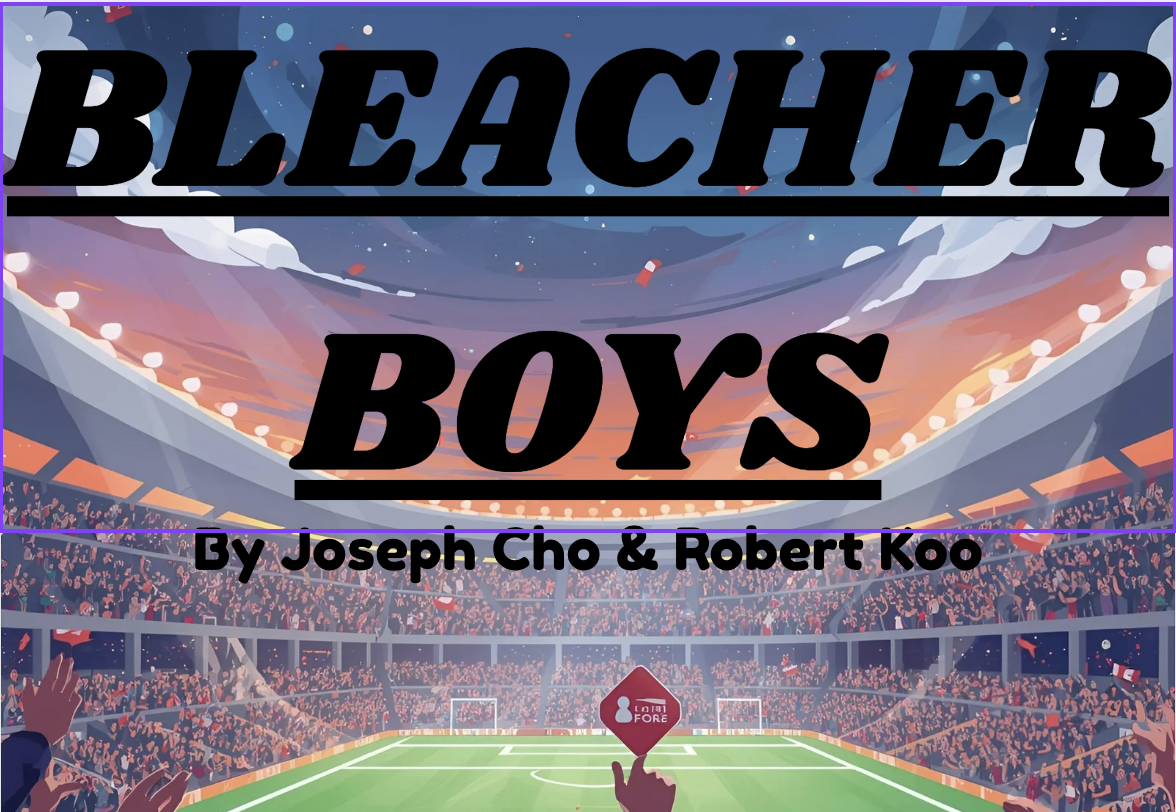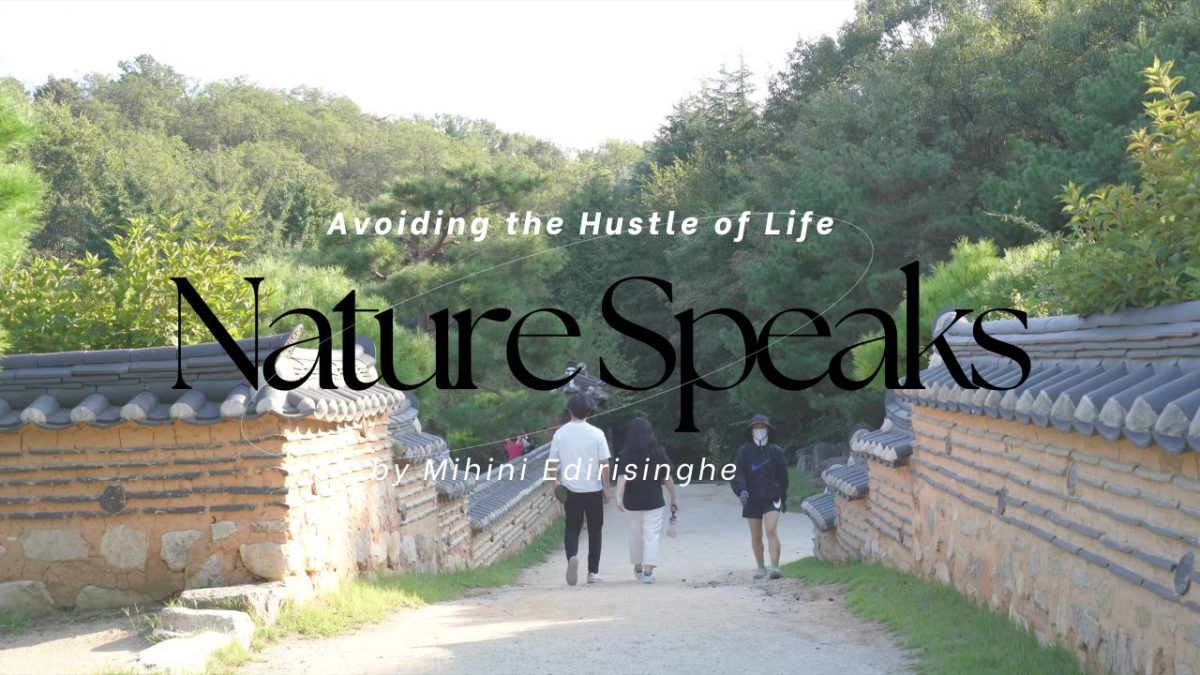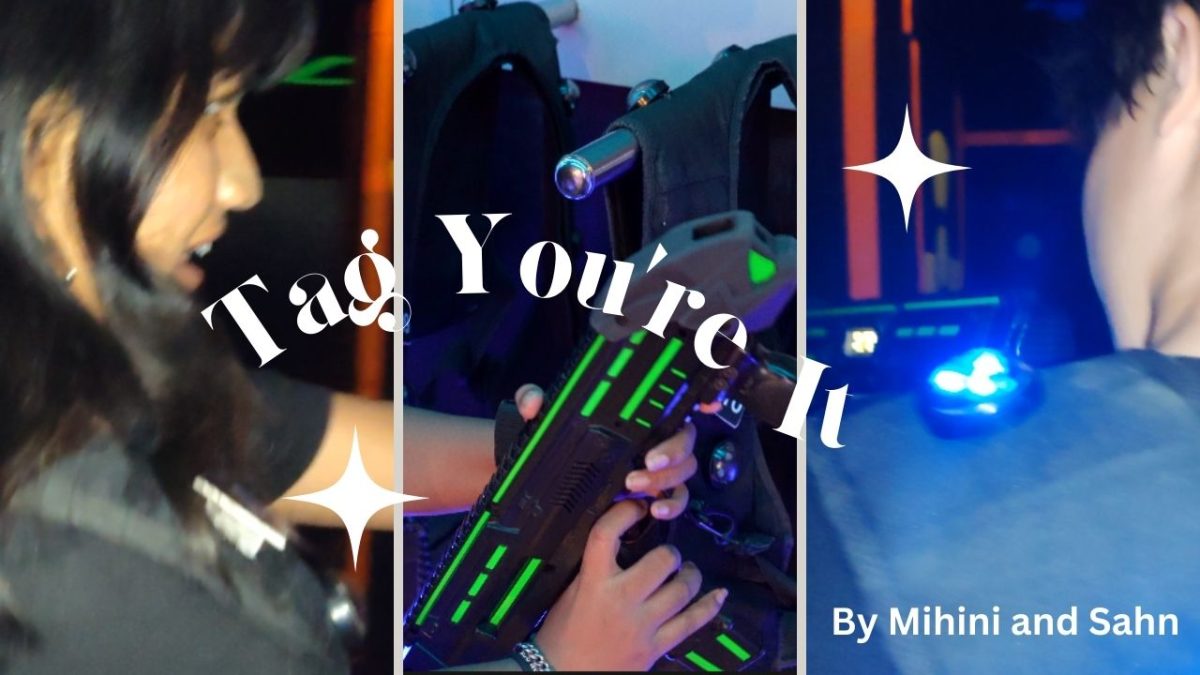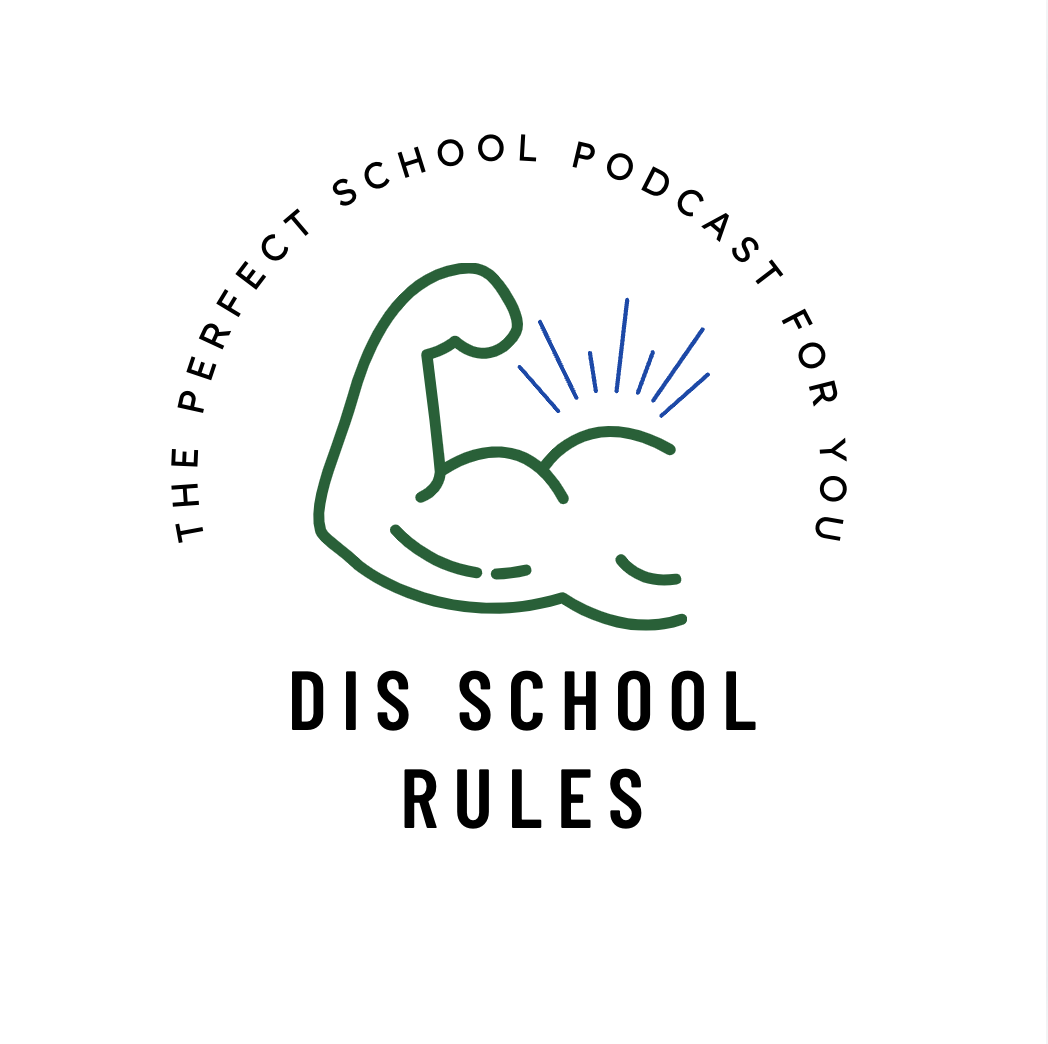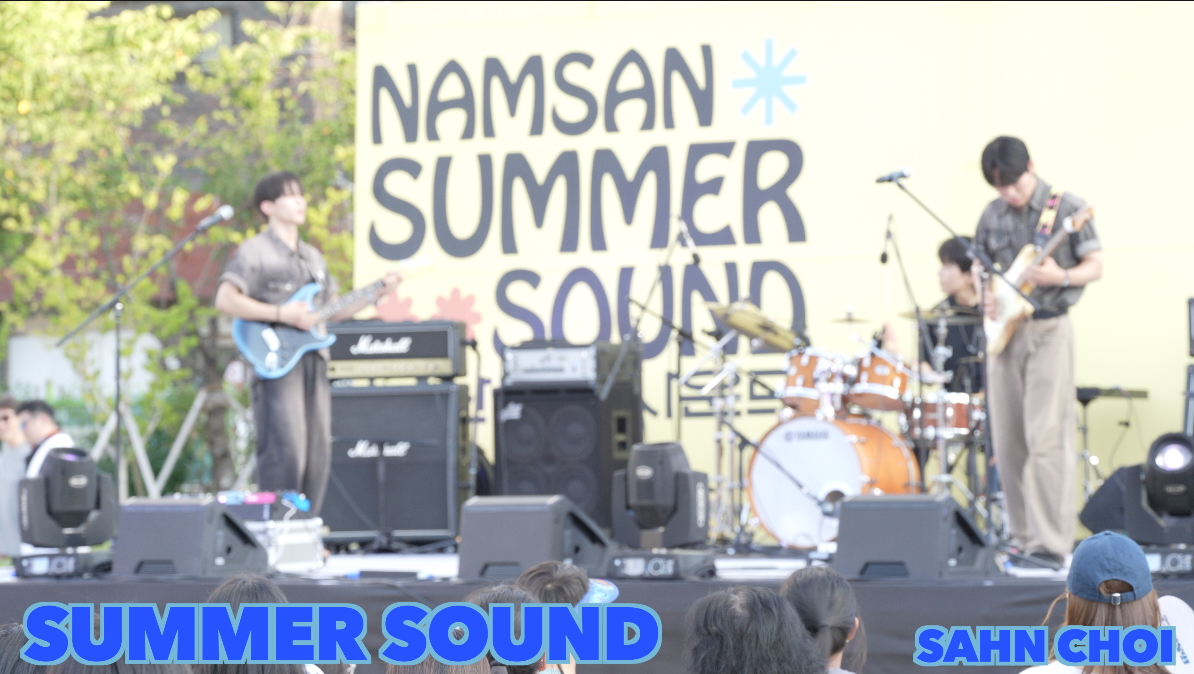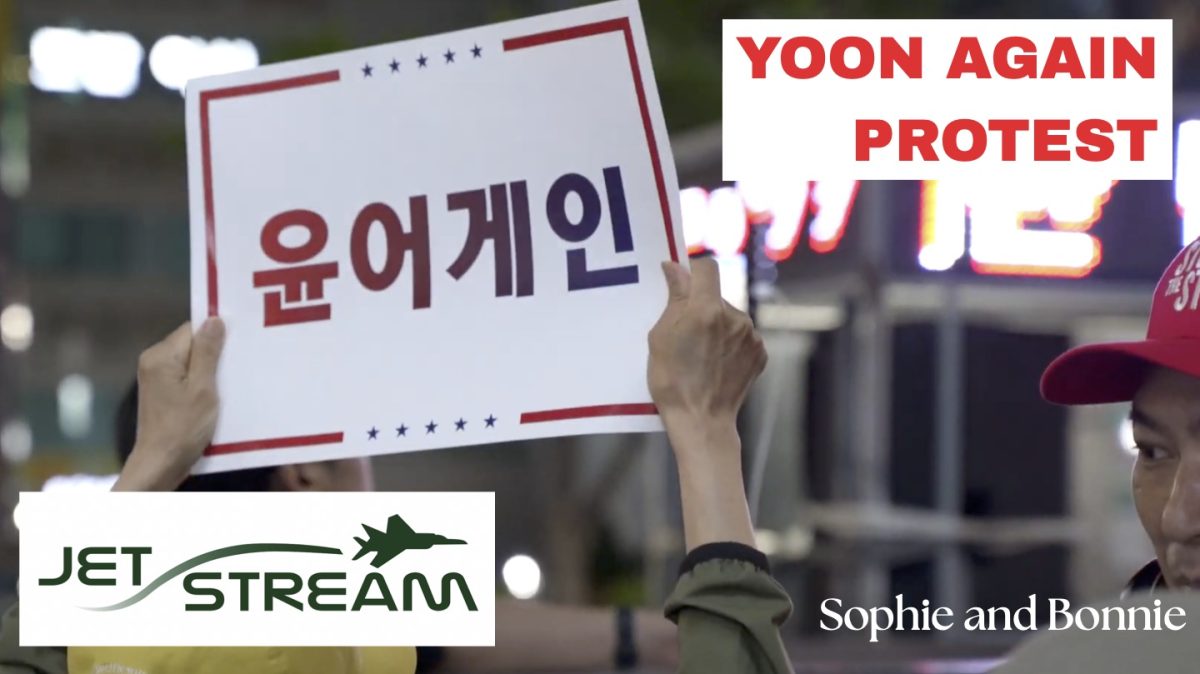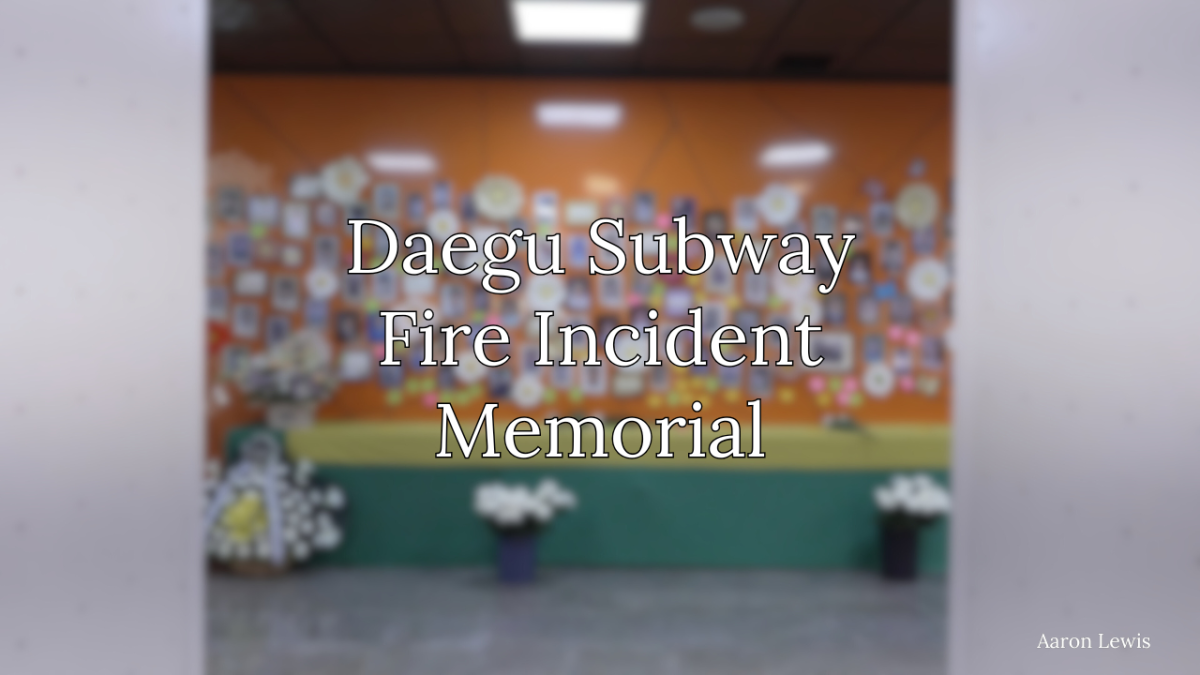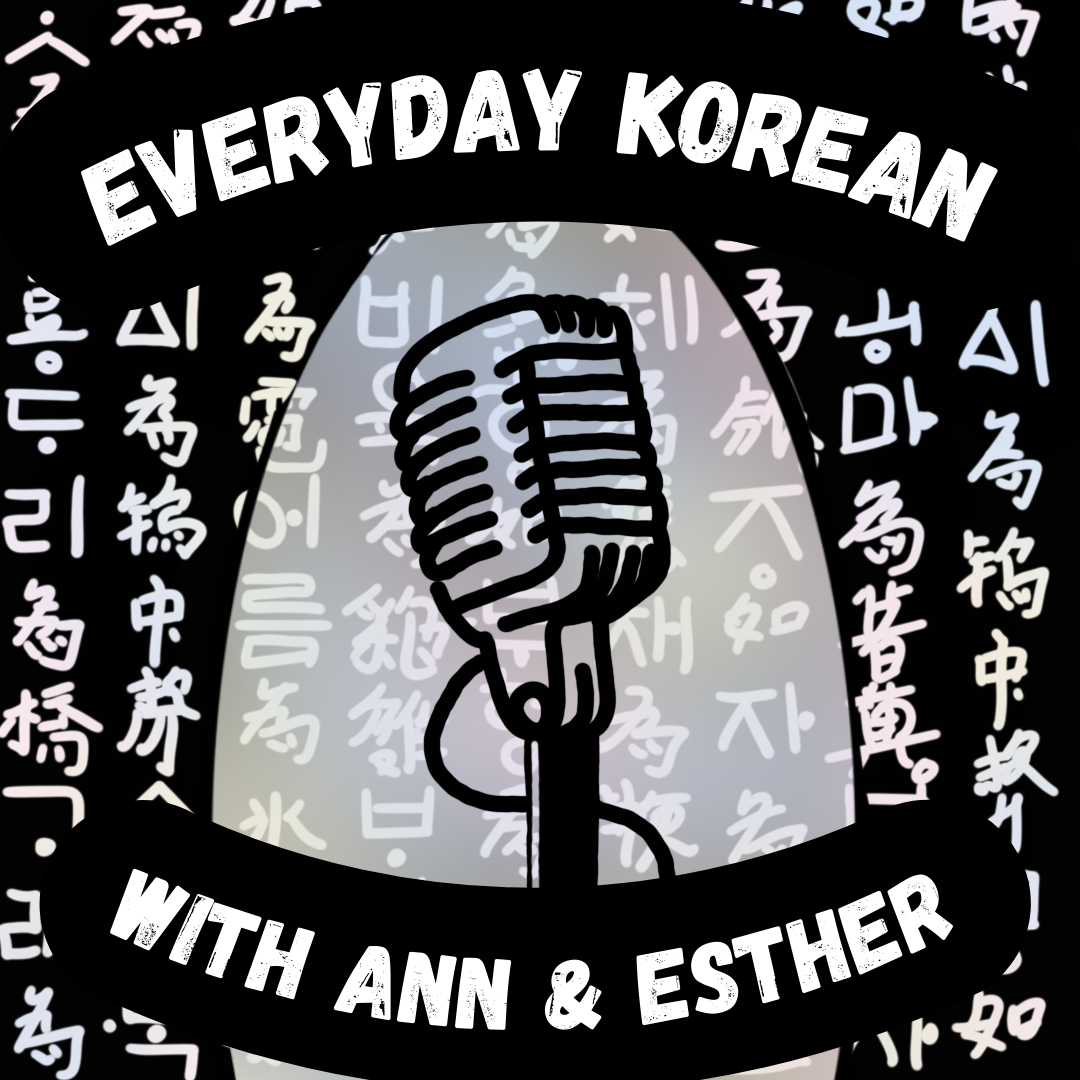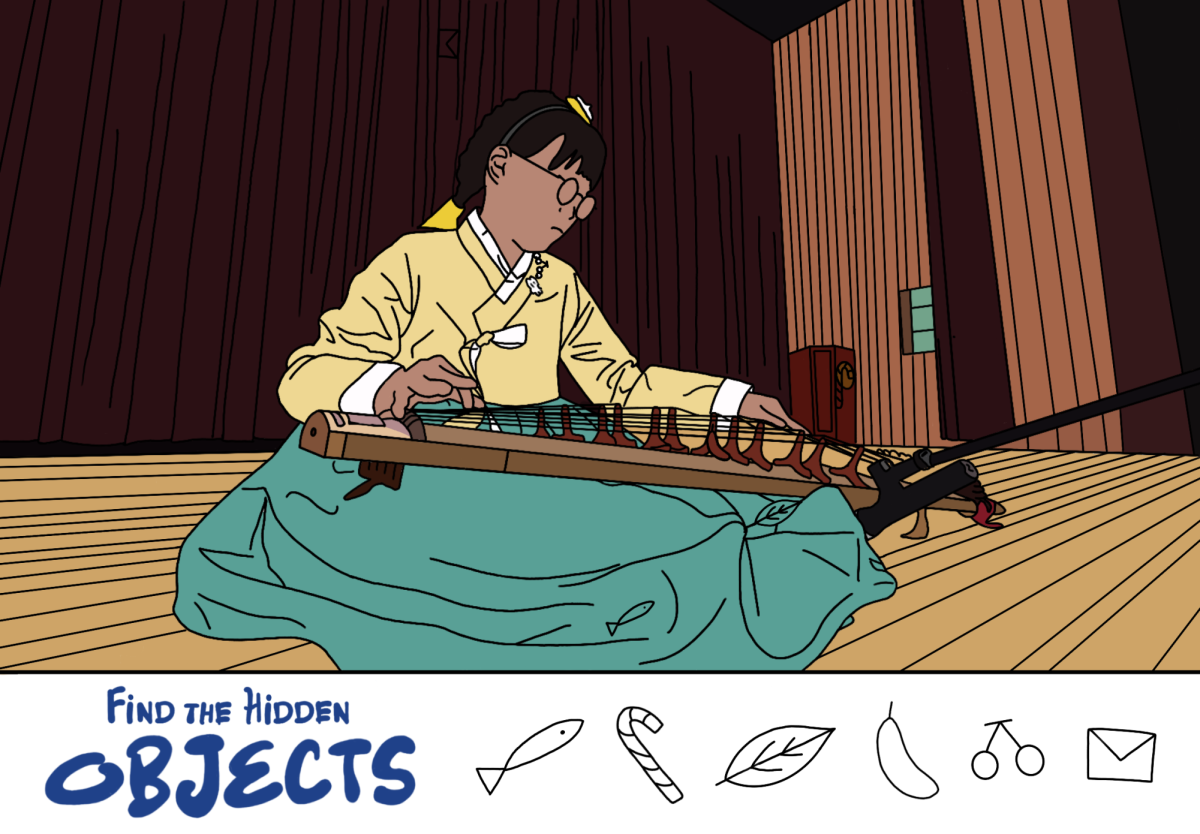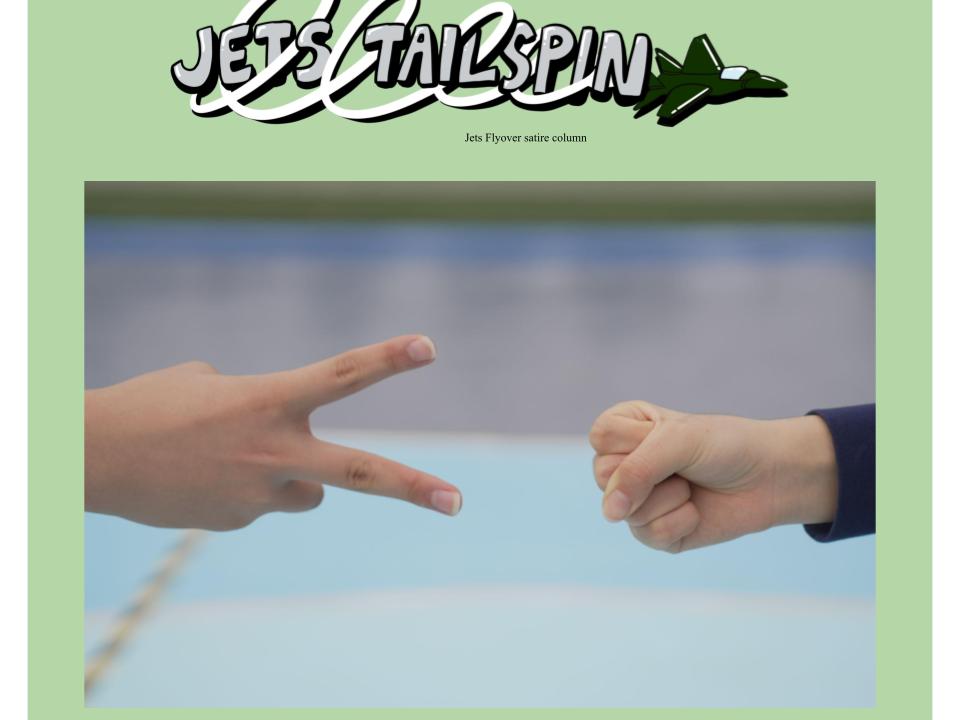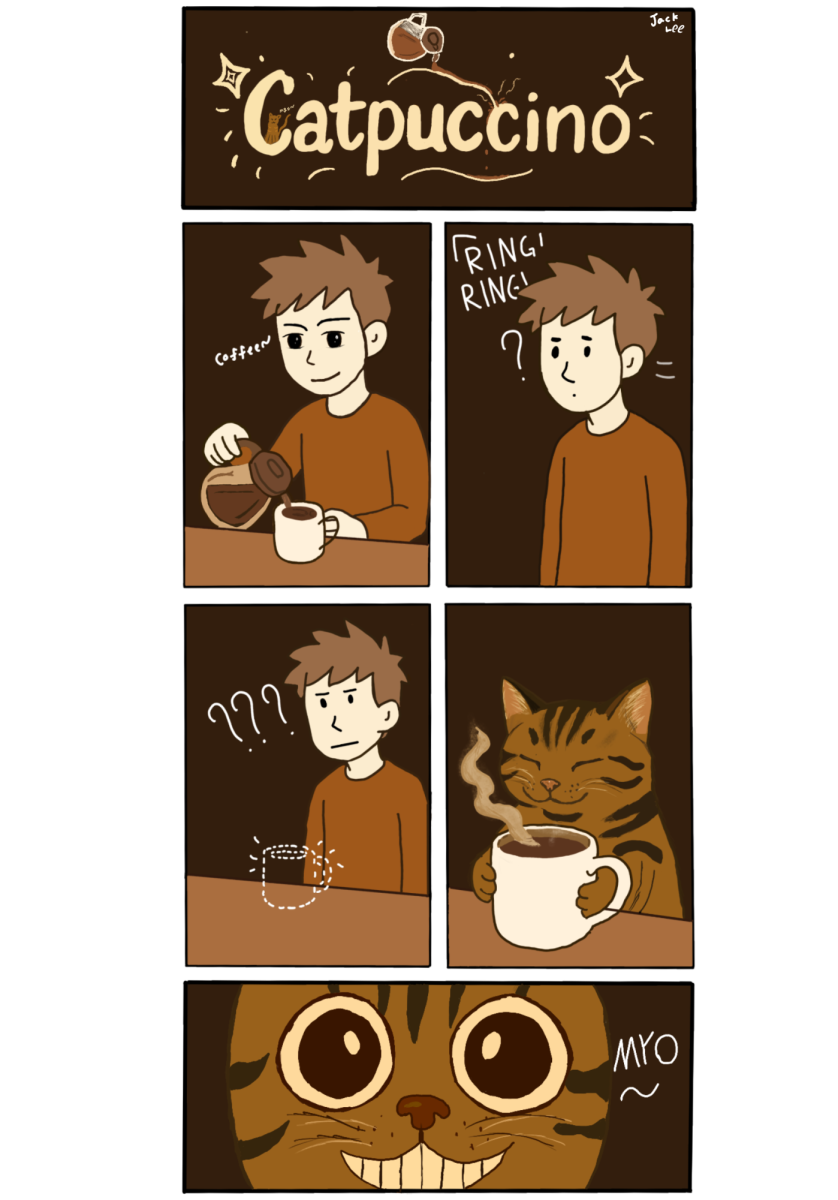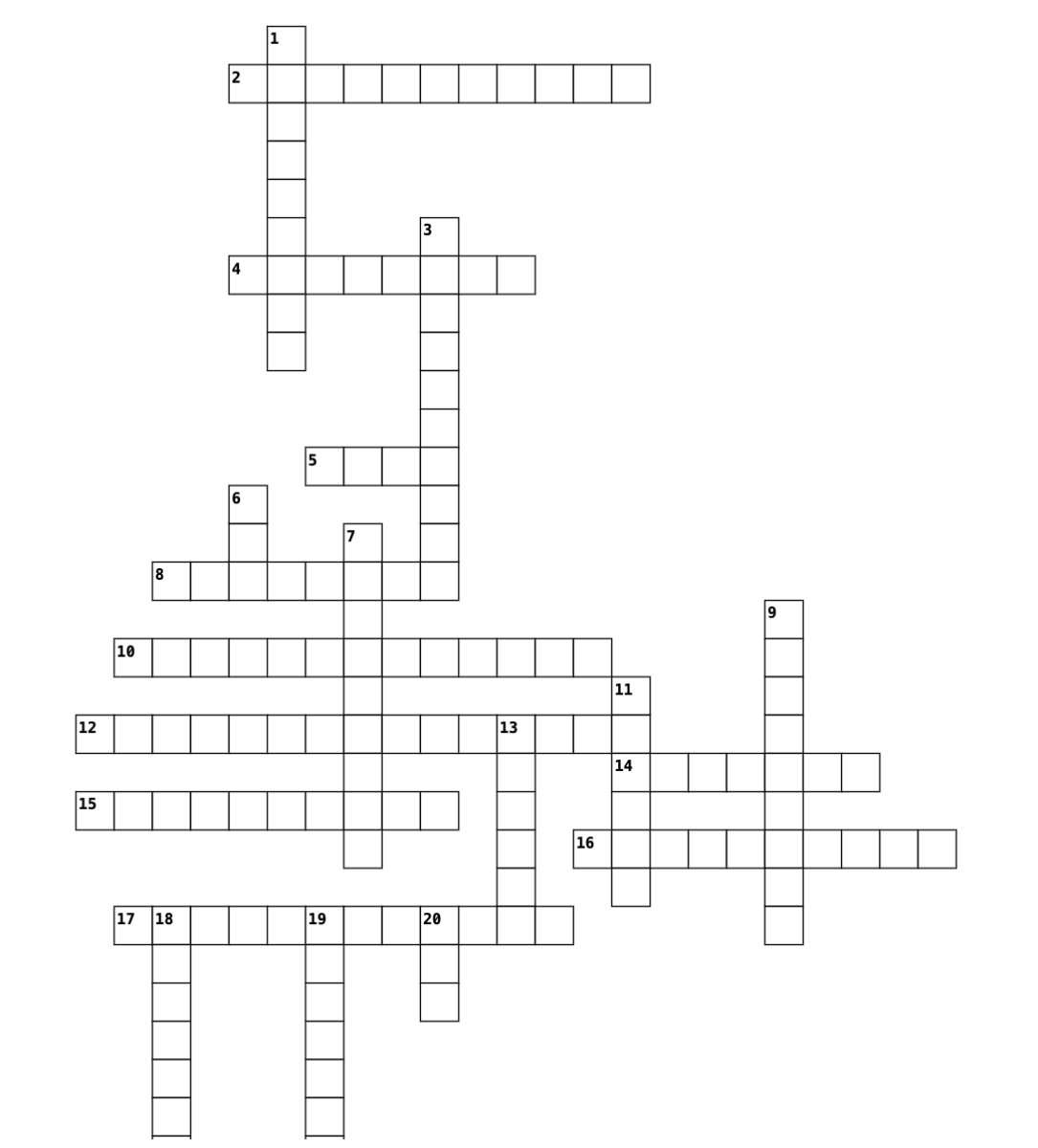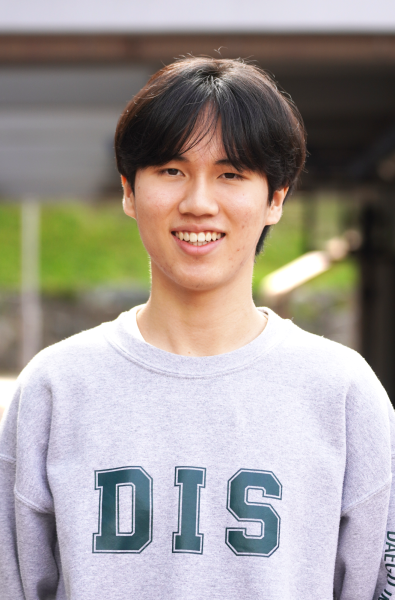A worn-out beaker in the back of his biology class led sophomore Yujun Piao to an unexpected journey. “This was the moment when I knew I should create the Student Union … and that was my biggest motivation,” Piao said.
The Student Union — “a communication channel for representing high school students” — officially launched in the 2024–25 school year after a pilot run in 2023–24. Associated with the High School Student Council (HSSC), the new system strives to bring student opinions to the surface.
Concerns with communication between student voices and the admin led Piao to conceive the initiative. “I witnessed numerous moments where students have a serious concern that must be resolved, but is not being heard by the admin,” he said. “What I identified as the problem was not that the admins didn’t want to hear our opinions, nor that the students weren’t pitching the ideas strongly enough. There was just a lack of a communication system that connects the two groups.”
In addition to these communication setbacks, he believed HSSC failed to uphold certain duties outlined in its constitution. “In the HSSC constitution, there are five different objectives listed. While they managed things like being a model of students and planning some meaningful events, they didn’t really take part in voicing students’ opinions, or in representing what the student body thinks,” he said.
It took Piao more than his own decision to construct the Union. Former biology teacher Mr. Balint heavily influenced his rationale. “I was talking with Mr. Balint and I asked, ‘Why don’t we do any science experiments?’ and he told me how some of the materials were just really outdated and that he couldn’t use them anymore to teach,” Piao said. “He was a really passionate teacher, and he couldn’t do the stuff he wanted to do because of the lack of systems.”
After realizing issues that transcended his grade level, Piao made it his mission to advocate for the student body. “I talked to [Mr. Balint] about how this system would be implemented, and he had some experiences from when he was teaching in New York City about how Student Union organizations operate in the US and New York City specifically,” Piao said. “He gave me a lot of good advice in the initial stages of setting the plan up, and it was very helpful.”
Initially, he planned the Student Union as an autonomous organization, but various teachers advised him to cooperate with the Student Council. “While I was talking with Mr. Hutchings, he advised that HSSC would be a good place to implement the system because we already have all the grade representatives who can communicate with their grade.”
Despite his best efforts, the grade representatives and executives were reluctant to implement a new system. “After I pitched the idea, some people were like, ‘Aren’t other clubs already doing that?’ and the overall atmosphere was negative. When we posted the poll and then everyone voted, the voting result turned out to be six to six, a tie,” said Piao.

As Piao worked to break the tie, former HSSC president Dylan Wang suggested Piao to create a new pitch idea. For Take #2, Piao adjusted his proposal to turn the tide in his favor. “Even those who were not convinced about the system initially saw how hard I worked to kind of get this system implemented, and they started to be convinced of what I was trying to do. The second vote ended up with the majority voting.”
The Student Union now offers students representation in schoolwide decisions. “There are two different ways students can raise their voices. First, the students can talk with any of the HSSC members specifically about concerns or problems they are facing, which will then be discussed in the HSSC meeting. Second, students can submit their own opinion through a Google Form, located around campus and on social media too,” said Piao.
Piao proposes the collected opinions to the Student Council for a voting procedure. Suggestions that pass this stage proceed to meetings with the administration. “In the first HSSC voting process of the [collected opinions,] I was left with five ideas to propose to the admin. We went to the first official student admin meeting with Mr. Jolly, and I pushed the problems the students submitted. Another job of the Student Union is to check in with the admin constantly about these things that we pitched, seeing the progress,” said Piao.
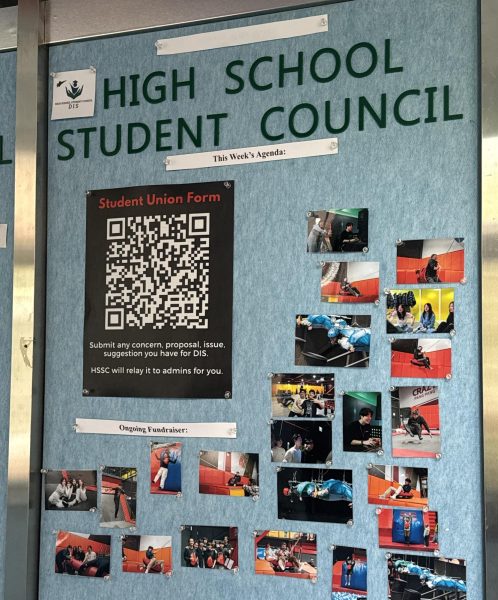
In its first year, the Union has brought significant change to the community. “We got the hot water in the water fountain, disposed of old chemicals and brought new chemicals into the science lab, fixed the bathroom sanitary system and hygiene, and gave wider Internet usage freedom for students to have more access to websites they need in their academics. We also have several other ideas that are continuously being checked through follow-up meetings with Dr. Willette, too,” said Piao.
Piao envisions more extensive student representation. “The second milestone is to run the system through student-associated meetings and get accomplishments out of that. The third milestone I try to pursue is to have students involved in the PTO (Parent-Teacher Organization) meeting because I think it makes sense for students to participate in meetings that they are influenced by,” he said.
Piao’s determination to empower student representation gifted the Jets with a channel to pitch in on school decisions. “I want more students to voice their concerns or opinions in school. “After all, the students are the ones impacted by most changes the school decides,” said Piao. “Representation matters.”
*Editor’s note: If you have any concerns, submit them to the Student Union Opinion Collection Form.

